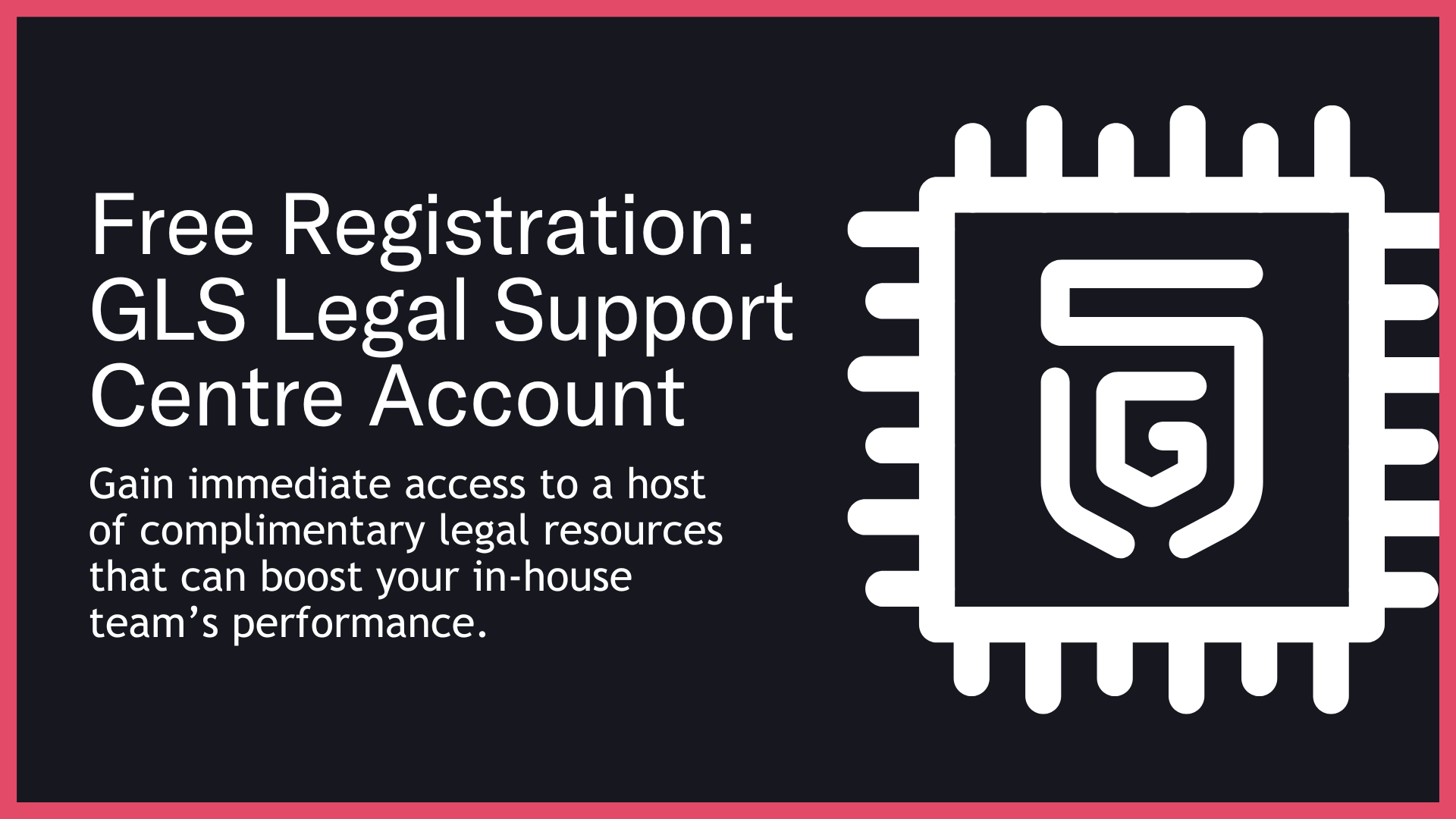GLS Legal Support Centre
Legal Made Easy For Startups
Back
Staff Exits
Introduction
“How you manage people leaving says as much about your leadership as how you bring them on board.” – Matt Glynn
Staff exits are inevitable. Some will be voluntary - an employee resigns to chase a better offer, change careers, or start their own venture. Others will be involuntary - you make the call because of poor performance, misconduct, redundancy, or a strategic shift.
For startups, every exit matters more than in big corporates. A single departure can strip away critical skills, derail timelines, and even unsettle investor confidence. Worse, if mishandled, exits can trigger legal claims, reputational damage, and culture fallout.
Staff Exits – What Are They?
PAA: What is a staff exit in HR?
A staff exit is the process of ending an employee’s working relationship with the company - whether initiated by the employee (voluntary) or the employer (involuntary).
PAA: Why do startups need to plan for staff exits?
Because every departure in a small, high-intensity team affects capability, morale, and legal risk far more than in larger organisations.
This is an important stage of the start-up journey because:
◼️Small team impact – Losing even one key person can cause major disruption.
◼️Legal exposure – Involuntary exits can trigger wrongful dismissal or discrimination claims.
◼️Culture shock – Exits can destabilise morale and performance.
◼️IP & confidentiality risk – Departing staff may walk out with valuable know-how.
◼️Investor perception – High turnover can spook potential investors.
PAA: What’s the difference between voluntary and involuntary exits?
Voluntary exits are initiated by the employee; involuntary exits are initiated by the employer.
Consequences of Not Addressing This Issue
Legal Implications
- Wrongful dismissal claims
- Breach of contract disputes_ Confidentiality breaches
Founder Relationship Issues
- Distrust if exits are handled poorly or perceived as unfair
- Loss of loyalty from remaining staff
Commercial Implications
- Delayed product timelines
- Customer relationship disruption
Operational Implications
- Sudden knowledge and skill gaps
- Increased workload for remaining team
Biz Valuation Issues
- Investor concerns over retention and team stability
PAA: Can you terminate someone immediately?
Yes, in some cases (e.g., gross misconduct), but due process is still critical to avoid legal fallout.
What You Should Be Doing
1. Have a clear exit policy
- Cover both voluntary and involuntary scenarios.
- Include notice periods, final pay, and return of company property.
2. Manage voluntary exits well
- Conduct exit interviews to capture honest feedback.
- Protect relationships - they might become future collaborators or advocates.
3. Handle involuntary exits with precision
- Follow all legal procedures in your jurisdiction.
- Document everything leading up to the decision.
4. Protect business assets
- Ensure return of devices, documents, and keys.
- Revoke access to systems and data immediately upon departure.
5. Manage the team narrative
- Communicate departures appropriately to avoid speculation.
- Reinforce stability and forward momentum.
6. Plan knowledge transfer
- Assign responsibilities before the person leaves.
7. Leverage legal and HR expertise
- Especially for involuntary exits in employee-favourable jurisdictions.
Case Studies
Twitter (Post-Musk Acquisition)
Mass involuntary exits in 2022 - via email and overnight access cuts - sparked lawsuits, regulatory investigations, and global headlines. While swift, the lack of procedural compliance in some jurisdictions created significant legal and reputational cost.
Airbnb – COVID-19 Layoffs Done Right
In 2020, Airbnb laid off 25% of its workforce but won praise for a transparent process, generous severance, extended health coverage, and job placement support. Proof that even painful exits can build goodwill if handled with humanity.
IBM – Age Discrimination Claims
Multiple lawsuits alleged IBM used layoffs to push out older workers. The drawn-out litigation and PR fallout highlight how exit decisions, if poorly framed or documented, can lead to long-term damage.
Final Thoughts
Staff exits are inevitable, but how you manage them can either strengthen or damage your business. For startups, every exit carries outsized risk - so approach each one strategically, with a clear plan, airtight compliance, and an eye on protecting both your people and your business.
How GLS Can Help You
◼️Exit process planning
◼️Drafting compliant termination letters
◼️Conducting lawful redundancies
◼️Structuring severance packages
◼️Managing voluntary resignations
◼️Exit interviews and feedback analysis
◼️Asset return and access control checklists
◼️Confidentiality and IP protection measures
◼️Dispute resolution and litigation support
◼️Jurisdiction-specific compliance guidance

